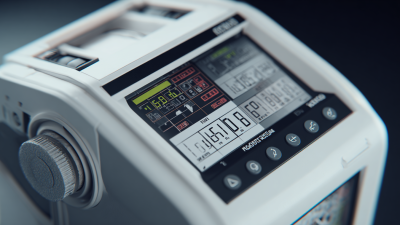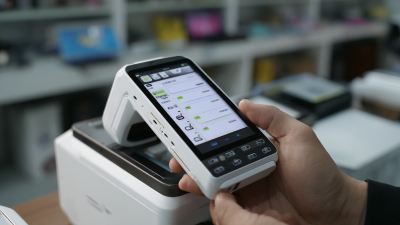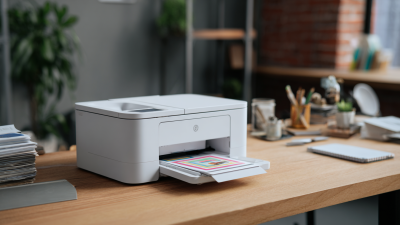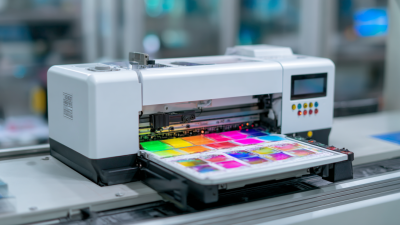In the fast-paced world of retail, maximizing operational efficiency is crucial for sustaining competitiveness and meeting customer demands. One of the most significant advancements in this area is the adoption of thermal receipt printers. According to a recent report by Grand View Research, the global receipt printer market is expected to reach $1.8 billion by 2025, with thermal printers leading the way due to their speed, reliability, and cost-effectiveness. Thermal receipt printers not only streamline the checkout process but also enhance customer experience by providing quick and clear transaction records. As retailers increasingly prioritize technology that reduces wait times and increases throughput, investing in thermal receipt printers presents a transformative opportunity for businesses aiming to optimize their operations and drive growth in a dynamic retail environment.
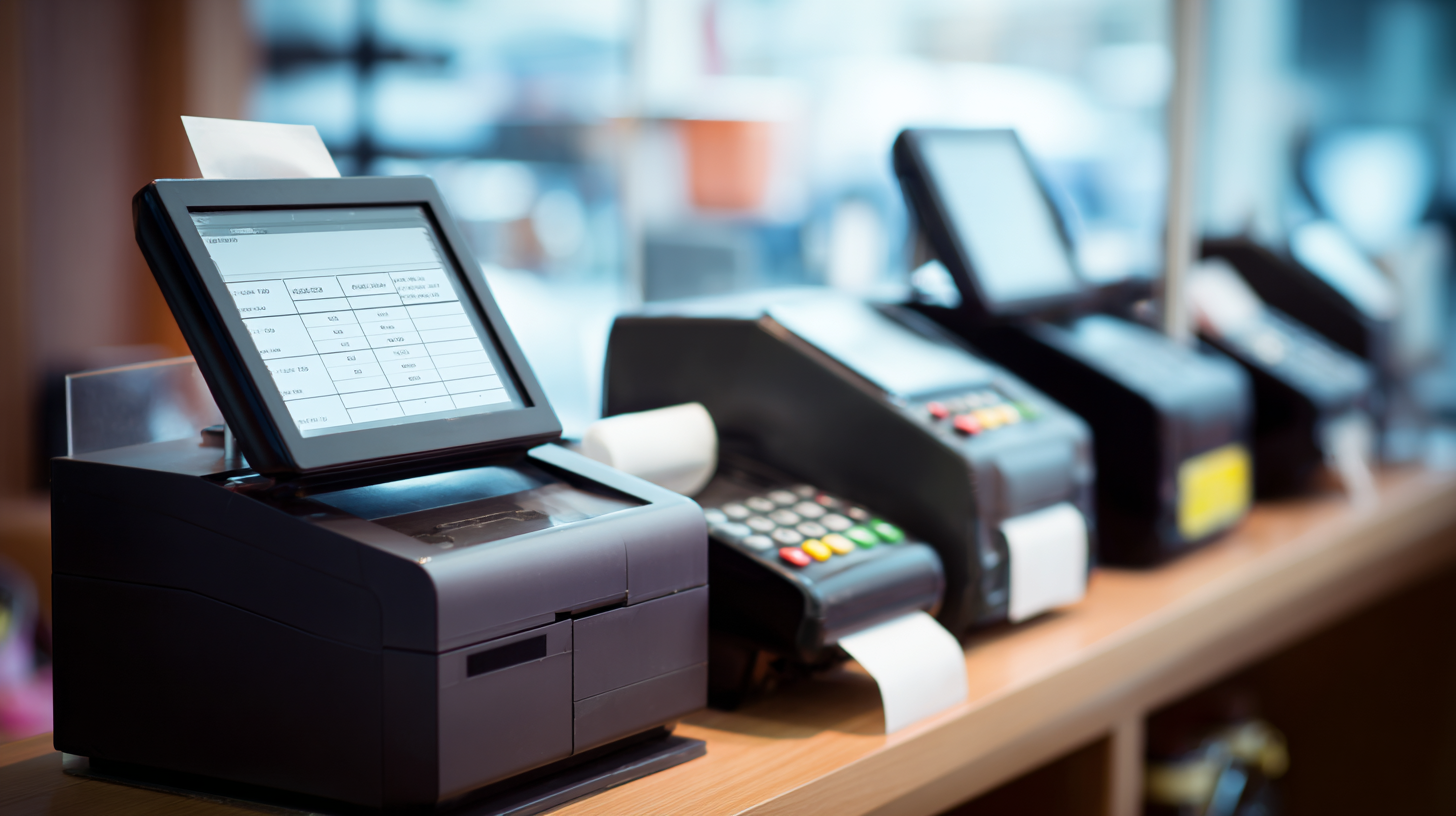
In the fast-paced world of retail, efficient operations are key to maximizing output and enhancing customer satisfaction. Thermal receipt printers play a crucial role in streamlining various aspects of retail transactions. By utilizing these printers, retailers can significantly speed up the checkout process, providing customers with quick and accurate receipts. This not only reduces wait times but also minimizes the chances of errors that can occur with handwritten or slow printing methods.
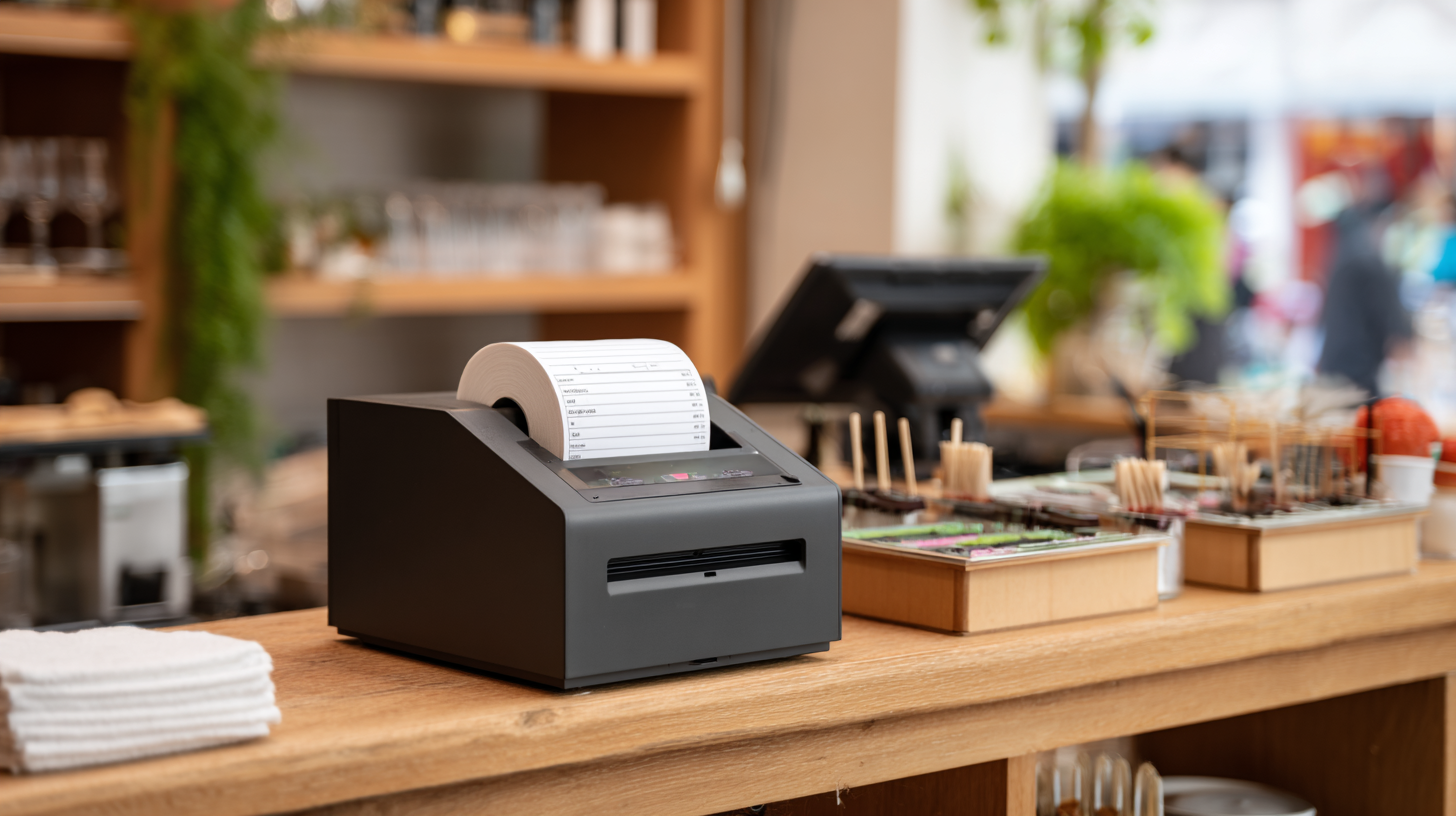
Tips for Maximizing the Efficiency of Thermal Receipt Printers:
By prioritizing technology that enhances operational efficiency, retailers can transform their businesses, paving the way for growth and better service delivery.
In today's competitive retail landscape, reducing transaction times has become critical for enhancing customer satisfaction and driving sales. Thermal receipt printers offer a cutting-edge solution to streamline payment processes. According to a report by Grand View Research, the global thermal printer market size is projected to reach USD 3.42 billion by 2025, driven by the growing need for quicker and more efficient transaction methods. These printers not only reduce the physical space required at checkout but also significantly speed up the printing process, with some devices capable of printing receipts in as little as 35 milliseconds.
Additionally, the adoption of thermal print technology helps retailers minimize operational costs. A study conducted by the International Journal of Retail & Distribution Management found that businesses utilizing thermal printers experience up to a 20% reduction in paper usage due to the efficiency of thermal printing methods compared to traditional ink-based systems. This reduction not only cuts down expenses but also contributes to sustainability efforts within the retail sector, as less paper waste leads to a smaller environmental footprint. By leveraging thermal receipt printing, retailers can transform their transaction environments, ultimately fostering an enhanced shopping experience for customers.
This chart illustrates the impact of thermal receipt printers on transaction times across various retail sectors. The data showcases the average transaction time before and after implementing thermal printing technology.
In today's fast-paced retail environment, customer experience plays a pivotal role in driving repeat business. One often-overlooked aspect is the speed of transaction completion, especially in the issuance of receipts. Fast, thermal receipt printers drastically reduce the time customers spend waiting for their purchases to be finalized. When retailers prioritize quick, efficient receipt printing, they are not only enhancing the checkout experience but also leaving a lasting impression that encourages customers to return.
Moreover, the convenience of thermal printers contributes to customer satisfaction. Traditional printers can often lead to frustrating delays due to paper jams or ink shortages. In contrast, thermal receipt printers eliminate these issues, ensuring a smooth flow at the point of sale. As shoppers enjoy swift transactions and receive their receipts almost instantly, they associate the positive experience with the brand, fostering loyalty and encouraging repeat visits. Ultimately, investing in advanced thermal printing technology can significantly enhance the overall customer journey, paving the way for a more successful retail operation.
In the competitive landscape of retail, cost-effectiveness is a key determinant of success. Thermal receipt printers have proven to be a smart investment for retailers aiming to enhance operational efficiency while reducing overhead costs. According to a report from Smithers Pira, businesses that switch to thermal printing can save up to 30% in printing costs due to lower energy consumption and reduced paper waste. This is especially significant for retail environments that generate high volumes of receipts daily, as the savings quickly accumulate over time.
Furthermore, thermal printers tend to have lower maintenance costs compared to traditional inkjet or dot matrix printers, which often require regular cartridge replacements and repairs. A study by IDC highlights that thermal printing technology can decrease downtime by up to 25%, allowing businesses to serve customers more efficiently and therefore drive sales. By minimizing both direct and indirect costs, retailers can reallocate saved resources to enhance customer experience or expand product offerings, ultimately transforming their operational landscape for sustained growth.
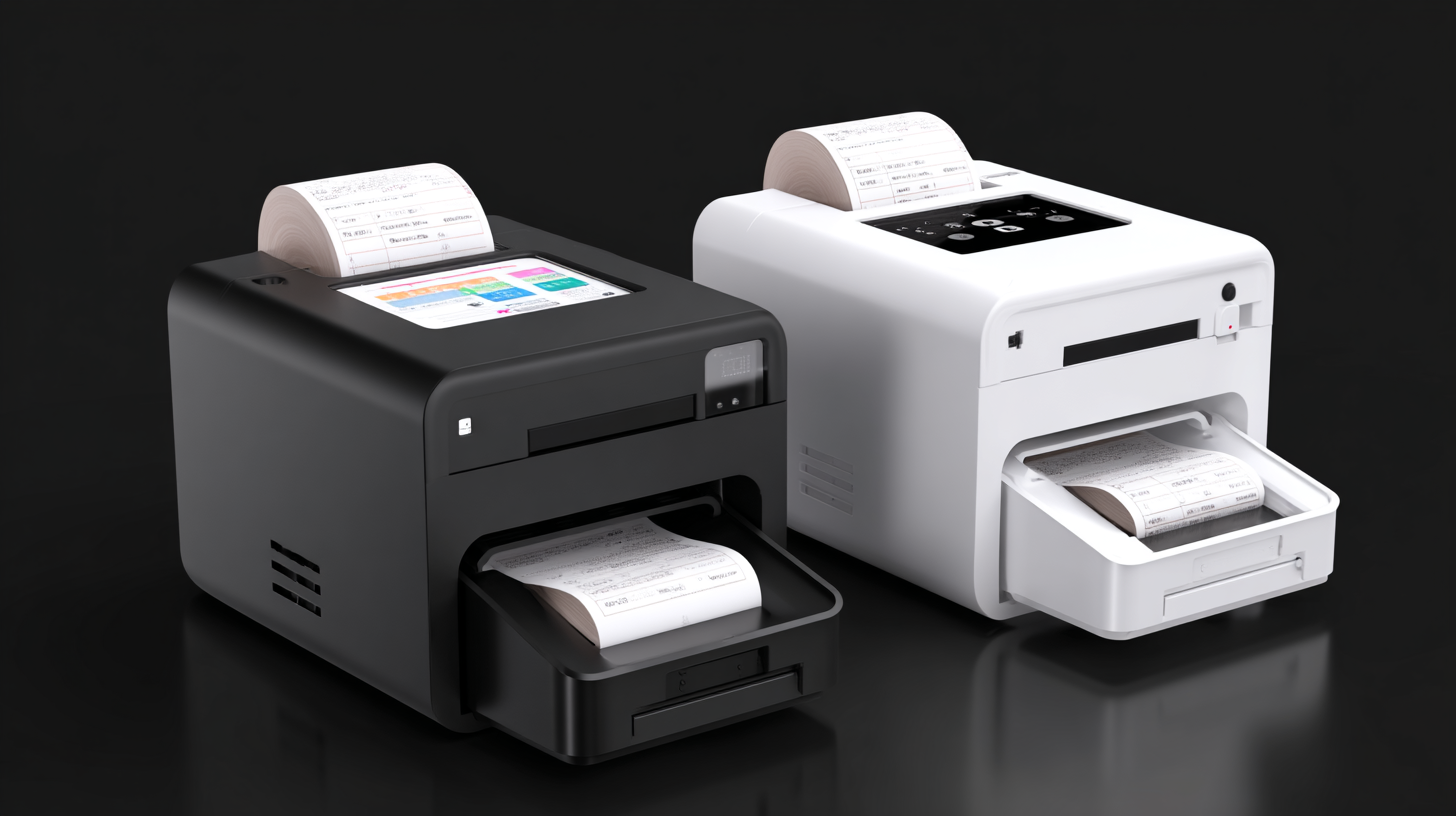
Thermal receipt printers are increasingly recognized as vital tools for retail businesses seeking to leverage data insights for improved sales analytics. By integrating these printers into the point-of-sale systems, retailers can generate real-time receipt data that provides valuable information on customer purchasing patterns and preferences. This data can drive smarter inventory management and targeted promotions, ultimately enhancing the overall shopping experience.
Furthermore, the trend towards visual analytics in retail underscores the importance of data-driven decisions. Combining insights from thermal receipt printers with advanced visual analytics enables retailers to assess store performance comprehensively. For instance, retailers can track sales metrics and customer behavior across various locations, identifying areas for improvement and optimizing execution at scale. By utilizing these innovations, businesses can not only streamline operations but also foster a culture of continuous improvement, ensuring they remain competitive in a rapidly evolving market.
| Retail Store | Transactions Per Day | Printer Usage (Hours) | Sales Analytics Insights | Customer Feedback Score |
|---|---|---|---|---|
| Store A | 250 | 6 | 75% of sales from top 10 products | 4.5/5 |
| Store B | 180 | 5 | High demand for seasonal items | 4.0/5 |
| Store C | 300 | 7 | Average transaction value increased by 20% | 4.7/5 |
| Store D | 150 | 4 | Identified best-selling categories | 4.2/5 |
